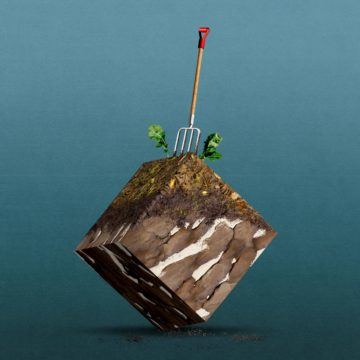Yasmin Tayag in The New Yorker:
 In 2010, Brad St. Pierre and his wife, Christine, moved from California to Fairbanks, Alaska, to work as farmers. “People thought we were crazy,” Brad said. “They were, like, ‘You can grow things in Alaska?’ ” Their new home, not far from where Christine grew up, was as far north as Reykjavík, Iceland, and receives about sixty inches of snow each year. It routinely experiences winter temperatures below minus ten degrees Fahrenheit. In the summer, however, the sun shines for twenty-one hours a day and the weather resembles San Francisco’s. Sturdy cabbages and carrots thrive in the ground, while fussier tomatoes and cucumbers flourish in greenhouses.
In 2010, Brad St. Pierre and his wife, Christine, moved from California to Fairbanks, Alaska, to work as farmers. “People thought we were crazy,” Brad said. “They were, like, ‘You can grow things in Alaska?’ ” Their new home, not far from where Christine grew up, was as far north as Reykjavík, Iceland, and receives about sixty inches of snow each year. It routinely experiences winter temperatures below minus ten degrees Fahrenheit. In the summer, however, the sun shines for twenty-one hours a day and the weather resembles San Francisco’s. Sturdy cabbages and carrots thrive in the ground, while fussier tomatoes and cucumbers flourish in greenhouses.
The main challenge with farming in this part of Alaska, Brad told me recently, is that craters often open up in fields, and some are the size of Volkswagen Beetles. The holes form when patches of frozen water, known as ice lenses, melt and gulp down the surrounding earth in a process known as subsidence. They tend to expand each year and sometimes fuse with other nearby pits; they can be filled, but farmers often run out of soil, so the pits become ponds. Sometimes holes hide under ruffles of kale or the shade of tart-cherry trees, or threaten to swallow Brad’s tractor. “All of a sudden, you have to stop,” he said. “There’s no grass. There’s just a hole.”
More here.
